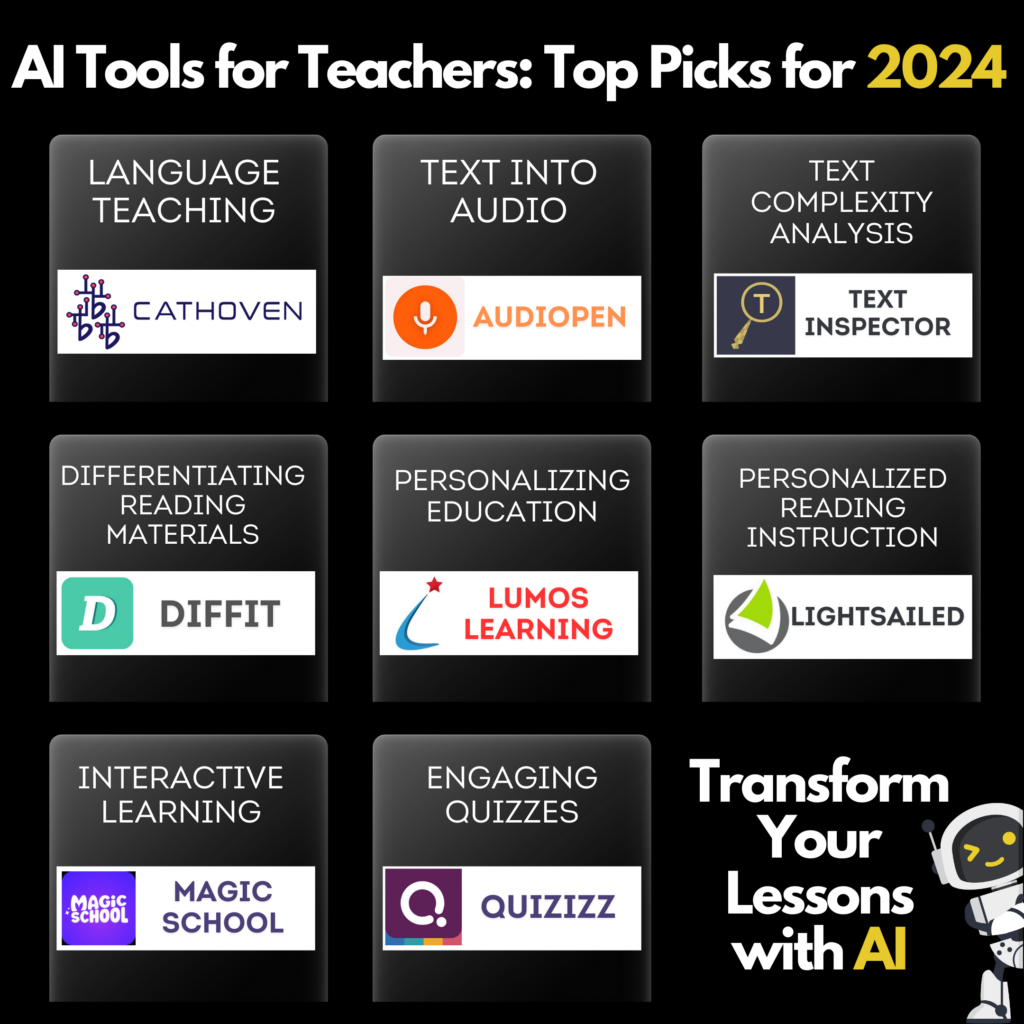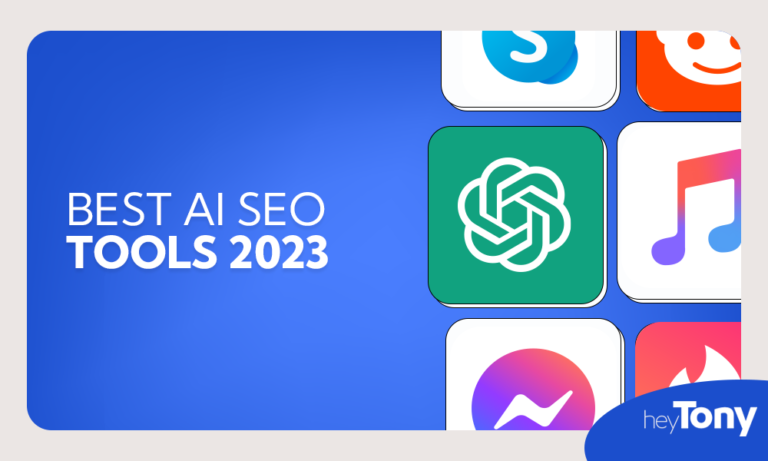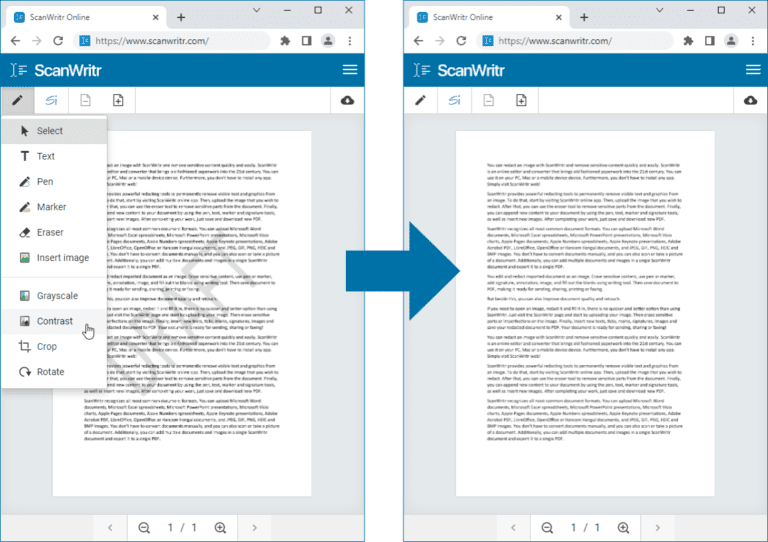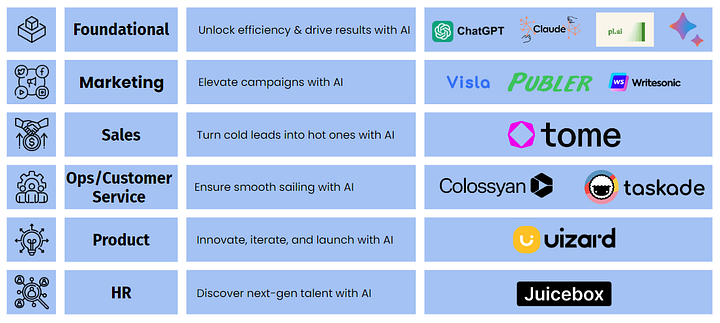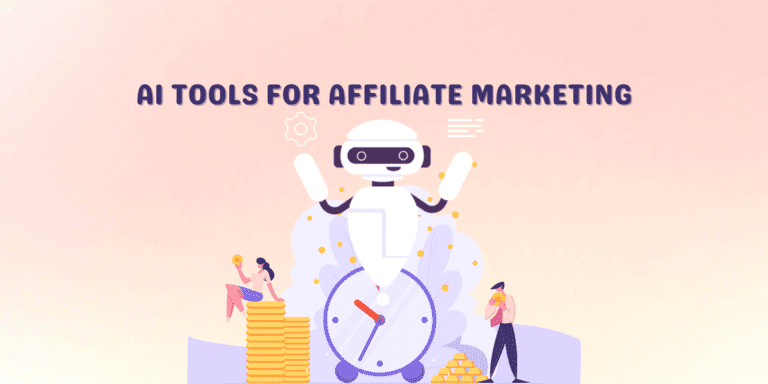AI Tools for Teachers 2024: Transform Your Classroom!
AI tools for teachers in 2024 include personalized learning platforms, automated grading systems, and virtual tutoring assistants. These resources enhance classroom efficiency and student engagement.
As technology continues to evolve, educators are embracing AI tools to streamline their teaching processes. In 2024, these innovations empower teachers by offering tailored solutions that address diverse learning needs. AI tools can automate repetitive tasks, allowing educators to focus on personalized instruction.
They provide insights into student performance and facilitate real-time feedback. With features like virtual tutoring and intelligent content creation, AI enhances the overall learning experience. This shift not only improves educational outcomes but also helps teachers manage their time more effectively. Embracing these tools fosters a dynamic and interactive classroom environment for both teachers and students.
Embracing AI In Education
Teachers face new challenges every day. The education landscape is changing rapidly. AI tools are helping teachers adapt. These tools make learning more engaging and effective. They provide support for both teachers and students.
The Rise Of AI Tools
AI tools are becoming common in classrooms. They offer many benefits:
- Personalized learning experiences
- Automated grading systems
- Interactive educational content
- 24/7 availability for student support
Teachers can use AI to track student progress. AI helps identify areas where students need help. This allows for timely interventions. Schools are investing in AI technology to enhance education.
Impact On Teaching Dynamics
AI tools change how teachers interact with students. They allow for more collaborative learning. Students can work together using AI resources. This fosters teamwork and communication skills.
Here are some ways AI impacts teaching:
- Reduces administrative workload
- Encourages creativity in lesson planning
- Provides real-time feedback to students
- Enhances student engagement with gamified learning
AI tools help teachers focus on what matters most—student learning. They create a dynamic and responsive classroom environment. Embracing AI in education opens new doors for both teachers and students.

Credit: www.geeksforgeeks.org
AI-powered Lesson Planning
AI-powered lesson planning helps teachers create effective lessons. It saves time and enhances learning. With smart tools, educators can tailor lessons to meet student needs.
Customizing Curriculum
Teachers can easily customize the curriculum using AI tools. These tools analyze student data and suggest relevant resources. This personalization boosts student engagement and understanding.
- Resource Suggestions: AI provides links to videos, articles, and activities.
- Skill Tracking: Track individual student skills and gaps.
- Learning Styles: Adjust lessons for visual, auditory, or kinesthetic learners.
Examples of AI tools for customizing curriculum include:
| Tool Name | Features | Best For |
|---|---|---|
| SmartLesson | Lesson templates, resource links | All grade levels |
| EdTech AI | Data analysis, personalized suggestions | Middle and high school |
| TeachSmart | Interactive activities, assessments | Elementary education |
Adaptive Learning Environments
Adaptive learning environments adjust to each student’s needs. AI tools monitor student progress and adapt lessons accordingly. This ensures no one falls behind.
- Real-Time Feedback: Students receive immediate feedback on their work.
- Personalized Pacing: Each student learns at their own speed.
- Engaging Content: AI curates content that matches student interests.
With adaptive learning, teachers can focus on individual support. This approach leads to improved learning outcomes for every student.
Automated Grading Systems
Automated grading systems are changing how teachers evaluate student work. These AI tools make grading faster and more efficient. Teachers can focus more on teaching and less on paperwork. Let’s explore the benefits of these systems.
Saving Time With AI
Time is precious for teachers. Automated grading systems save hours every week. Here are some key benefits:
- Instant Feedback: Students receive quick results on assignments.
- Consistent Grading: AI grades without bias or fatigue.
- Reduced Workload: Teachers spend less time on repetitive tasks.
Consider this table comparing traditional grading and automated grading:
| Aspect | Traditional Grading | Automated Grading |
|---|---|---|
| Time Spent | Hours per assignment | Minutes per assignment |
| Objectivity | Subjective | Objective |
| Feedback Speed | Days | Instant |
Ensuring Objective Assessment
Objective assessment is crucial for fair grading. Automated systems use algorithms to evaluate student work. This reduces human error. Here are some features that support objective grading:
- Rubric-Based Scoring: AI uses predefined criteria to grade.
- Data Analysis: Systems analyze trends in student performance.
- Customizable Settings: Teachers can adjust grading parameters as needed.
These features help ensure that every student is graded fairly. Automated grading systems can track progress effectively. This promotes a transparent learning environment.
Enhancing Student Engagement
Student engagement is crucial for effective learning. Engaged students participate actively. They show interest in lessons and retain information better. AI tools can significantly boost engagement levels in classrooms.
Interactive Learning Platforms
Interactive learning platforms make lessons fun and engaging. They allow students to explore topics hands-on. Here are some popular platforms:
- Kahoot! – Create quizzes that students can answer in real time.
- Nearpod – Offers interactive lessons with videos and quizzes.
- Flipgrid – Enables students to share video responses on various topics.
These platforms foster collaboration among students. They promote discussion and teamwork. Students learn from each other and enjoy the process.
Gamification In Education
Gamification transforms lessons into exciting games. It motivates students to learn through competition and rewards. Here are some benefits of gamification:
- Increased Motivation: Students feel more excited to participate.
- Immediate Feedback: Students receive instant results and can improve.
- Skill Development: Games often focus on critical thinking and problem-solving.
AI tools help create personalized game experiences. Teachers can track progress easily. This data helps in understanding student needs better.
| AI Tool | Features | Benefits |
|---|---|---|
| Classcraft | Role-playing game for classroom management | Improves behavior and teamwork |
| Quizizz | Game-based quizzes | Fun way to assess knowledge |
| Prodigy Math | Math game with adaptive learning | Personalized math practice |
Gamification in education makes learning enjoyable. Students are more likely to remember lessons. Engaged learners become lifelong learners.
Personalized Student Support
Personalized student support is crucial in education. AI tools can tailor learning experiences. This helps teachers meet each student’s unique needs. Let’s explore how AI Tutors and Assistants can enhance learning.
AI Tutors And Assistants
AI tutors and assistants are changing how students learn. These tools provide instant feedback. They can help students understand tough subjects at their own pace.
- 24/7 availability for students
- Interactive learning experiences
- Customizable learning paths
- Instant answers to questions
Here are some popular AI tutors:
| AI Tool | Features |
|---|---|
| Duolingo | Language learning with personalized lessons |
| Khan Academy | Custom study plans and practice exercises |
| IBM Watson Tutor | Adaptive learning and real-time feedback |
Addressing Individual Needs
Every student learns differently. AI tools can identify these differences. They analyze student performance and adapt lessons. This allows for focused learning.
Key benefits of addressing individual needs:
- Tailored lessons to fit learning styles
- Support for students with learning disabilities
- Engagement through gamified learning
- Data tracking for progress monitoring
Teachers can use these insights to enhance their teaching methods. This ensures every student receives the attention they deserve. Personalized support leads to better outcomes.
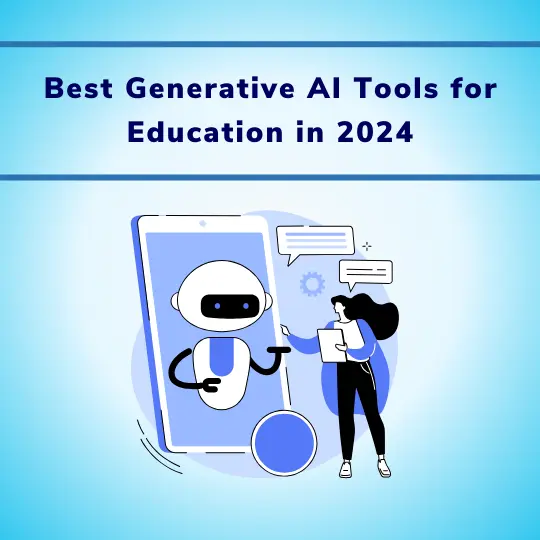
Credit: www.eklavvya.com
Data-driven Insights For Teachers
Data-driven insights empower teachers to enhance student learning. These insights help educators make informed decisions. By analyzing data, teachers can identify strengths and weaknesses in their classrooms. This approach leads to improved teaching methods and better student outcomes.
Monitoring Student Progress
Monitoring student progress is essential for effective teaching. AI tools provide real-time updates on student performance. Teachers can easily track grades, attendance, and participation.
- Real-time analytics: Instant data helps teachers act quickly.
- Trend analysis: Identify patterns in student performance.
- Alerts: Receive notifications for students needing extra help.
With these features, teachers can focus on individual student needs. Regular updates keep everyone informed and engaged. Personalized feedback becomes easier to provide.
Tailoring Teaching Strategies
AI tools help tailor teaching strategies to fit each student. Customizing lessons increases engagement and understanding. Data allows teachers to create unique learning experiences.
| Strategy | Benefit |
|---|---|
| Adaptive Learning | Adjusts content based on student performance. |
| Group Dynamics | Forms groups based on strengths and weaknesses. |
| Flexible Pacing | Allows students to learn at their own speed. |
These strategies lead to higher engagement and better retention. Teachers can motivate students by aligning lessons with their interests. Data-driven insights transform the classroom into a dynamic learning environment.
Collaborative Learning Through AI
AI tools are changing how teachers promote collaborative learning. These tools help students work together, even from different places. Collaboration boosts creativity and problem-solving skills. With AI, teamwork can happen anytime and anywhere.
Fostering Teamwork Online
Online teamwork is easier with AI tools. Students can share ideas and projects without being in the same room. Here are some key benefits:
- Real-time collaboration: Students work together instantly.
- Resource sharing: Easy access to documents and materials.
- Feedback and support: Immediate help from peers and teachers.
Using platforms like Google Classroom and Microsoft Teams can enhance teamwork. Students can chat, share files, and even brainstorm ideas. AI features help organize tasks and set deadlines.
Cross-cultural Educational Experiences
AI tools open doors to cross-cultural learning. Students from different countries can connect and collaborate. This promotes understanding and respect for diversity. Here are some benefits:
- Learn about different cultures and perspectives.
- Engage in global projects.
- Use translation tools to break language barriers.
AI platforms like Flipgrid and Padlet allow students to share videos and ideas. This creates a rich learning environment. Students can explore various viewpoints and solve problems together.
Preparing For The Future
Teachers face new challenges every day. Adapting to these changes is crucial. AI tools can help educators prepare students for tomorrow’s world. The right skills and ongoing training are key to success.
Skills For Tomorrow’s World
Students need various skills for a changing job market. These skills include:
- Critical Thinking: Analyze information effectively.
- Creativity: Generate new ideas and solutions.
- Collaboration: Work well with others on projects.
- Digital Literacy: Use technology confidently and safely.
- Emotional Intelligence: Understand and manage emotions.
AI tools can help students develop these essential skills. Interactive learning platforms engage students and make learning fun. Educators can track progress and adapt lessons accordingly.
Teacher Professional Development
Ongoing training is vital for teachers. AI tools enhance professional development in several ways:
| AI Tool | Benefit |
|---|---|
| Virtual Coaching: | Receive personalized feedback and guidance. |
| Data Analysis: | Understand student performance trends. |
| Online Courses: | Access resources anytime, anywhere. |
| Collaborative Tools: | Connect with other educators for ideas. |
Investing in professional development keeps teachers current. AI tools provide tailored resources and training. Teachers can enhance their skills and improve classroom experiences.

Credit: www.geeksforgeeks.org
Frequently Asked Questions
What Are The Best AI Tools For Teachers In 2024?
Some of the best AI tools for teachers in 2024 include Google Classroom, ChatGPT, and Quillionz. These tools enhance lesson planning, automate grading, and facilitate personalized learning. Each tool offers unique features that help streamline classroom management and improve student engagement.
How Can AI Improve Classroom Management?
AI can improve classroom management by automating administrative tasks. Tools like ClassDojo help track student behavior and progress efficiently. Additionally, AI can analyze student data to identify trends, allowing teachers to tailor their approaches for better outcomes and maintain an organized learning environment.
Are AI Tools Easy To Use For Teachers?
Yes, most AI tools are designed to be user-friendly. They often feature intuitive interfaces and provide tutorials for quick onboarding. Teachers can easily integrate these tools into their existing workflows, making technology adoption seamless and enhancing their teaching effectiveness.
How Does AI Personalize Learning For Students?
AI personalizes learning by analyzing individual student data and performance. It can adapt content and provide tailored resources to meet each student’s needs. This targeted approach helps address learning gaps and supports diverse learning styles, promoting better academic outcomes for all students.
Conclusion
AI tools are transforming the educational landscape for teachers in 2024. By integrating these technologies, educators can enhance student engagement and streamline administrative tasks. Embracing AI not only fosters creativity but also prepares students for a tech-driven future. Stay ahead by exploring these innovative resources and their benefits for your classroom.
